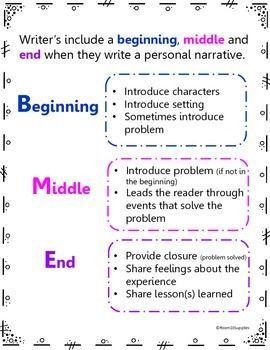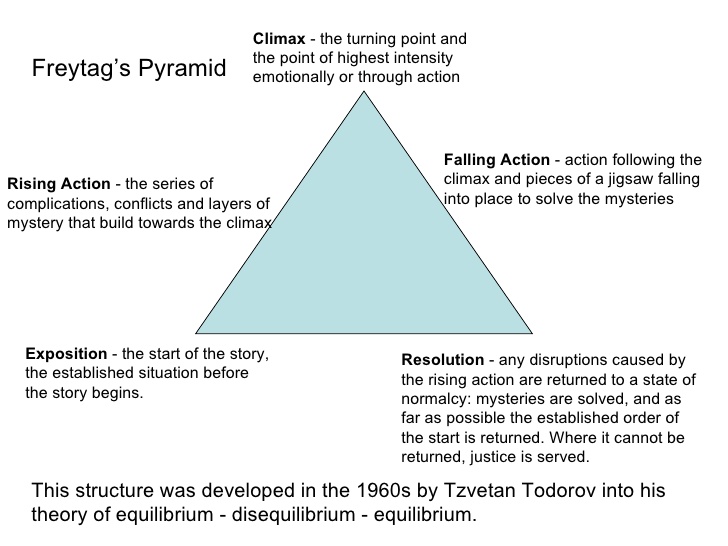This is how to structure your business storyÂ

Your business story often makes sense for you and that’s great. But how do you structure it so that it’s clearly understandable for other people too? Keep reading as today, I’m sharing how to structure your business story.Â
What does having a structure mean?Â
When I say I’m going to show you how to structure your business story, what I mean is that I’m giving you some tips on how to tell your story so that it makes sense for other people and not only you.Â
As you might have noticed the traditional tales have a beginning (often starting with “Once upon a timeâ€), a middle part and an ending. Presenting your story is like writing a book, novel, short story, fable, the pilot of a tv series: it needs a structure. You need to accompany the audience through a journey that makes sense.
Andrew Stanton from Pixar explains that beautifully (although my personal favourite is Shonda Rhymes in her Masterclass).Â
Why do we need a structure for a business story?Â
Any story, even your business story, is a journey. And it needs to flow as such. So there are several reasons why you should have a structure:Â
- To avoid getting lost and forgetting your pointÂ
- To give people a map to followÂ
- To avoid taking more time than it’s necessaryÂ
- To keep the audience engaged
- To keep things interestingÂ
You might think about it as a treasure hunt. If you organise a treasure hunt and don’t give people the clues to move around, it’s not going to be fun, it’s going to be hell: everyone will be lost, without knowing where to go.Â
A business story is like a treasure hunt, you need to give people clues and a map to follow Share on XHow to structure your business storyÂ
At its very core, a business story is like any other story. Which means that the traditional rules of storytelling apply to it. Your story needs to have a beginning, a middle section, and an end.Â

BeginningÂ
The beginning section of your story is when you set the scene and present your characters. Oftentimes, is also where you are introducing a problem.Â
MiddleÂ
In the middle section of your business story, you share with your audience what you did to address the issue. You mention how you took action.Â
EndÂ
The end is the closure, the moment when you share the lessons learned. This is when you demonstrate to your audience, for instance why you are equipped to help them with their issue.Â
https://www.instagram.com/p/B23hOLsAADl/?utm_source=ig_web_copy_link
The theory to a great storyÂ
Another way of designing the structure of your story is by using Freytag’s pyramid. Gustav Freytag was a German author who in the middle of the 19th century theorised that a great story should follow six steps

- Exposition: the presentation of the characters and is the setting up of the scene
- Rising Action: everything that goes wrong, the complications, difficulties, struggle
- Climax: the turning point of your story which you might think of as the moment ofÂ
- transformation
- Falling Action: when all the pieces are going into the right place and everything starts to work out
- Resolution: the situation settles or in your case, improves because of the actions you took before
I love how Susan Cain goes through these steps on her TEDxTalk. Check it out
You are the characterÂ
The best way to structure your business story is really to see it as a journey where you are the main character. The difference is that your journey needs to be something for your audience, it needs to teach them something about yourself or your products or services.Â
Go through this post again and use the structure to write your story. And let me know in the comments: how did it go?Â